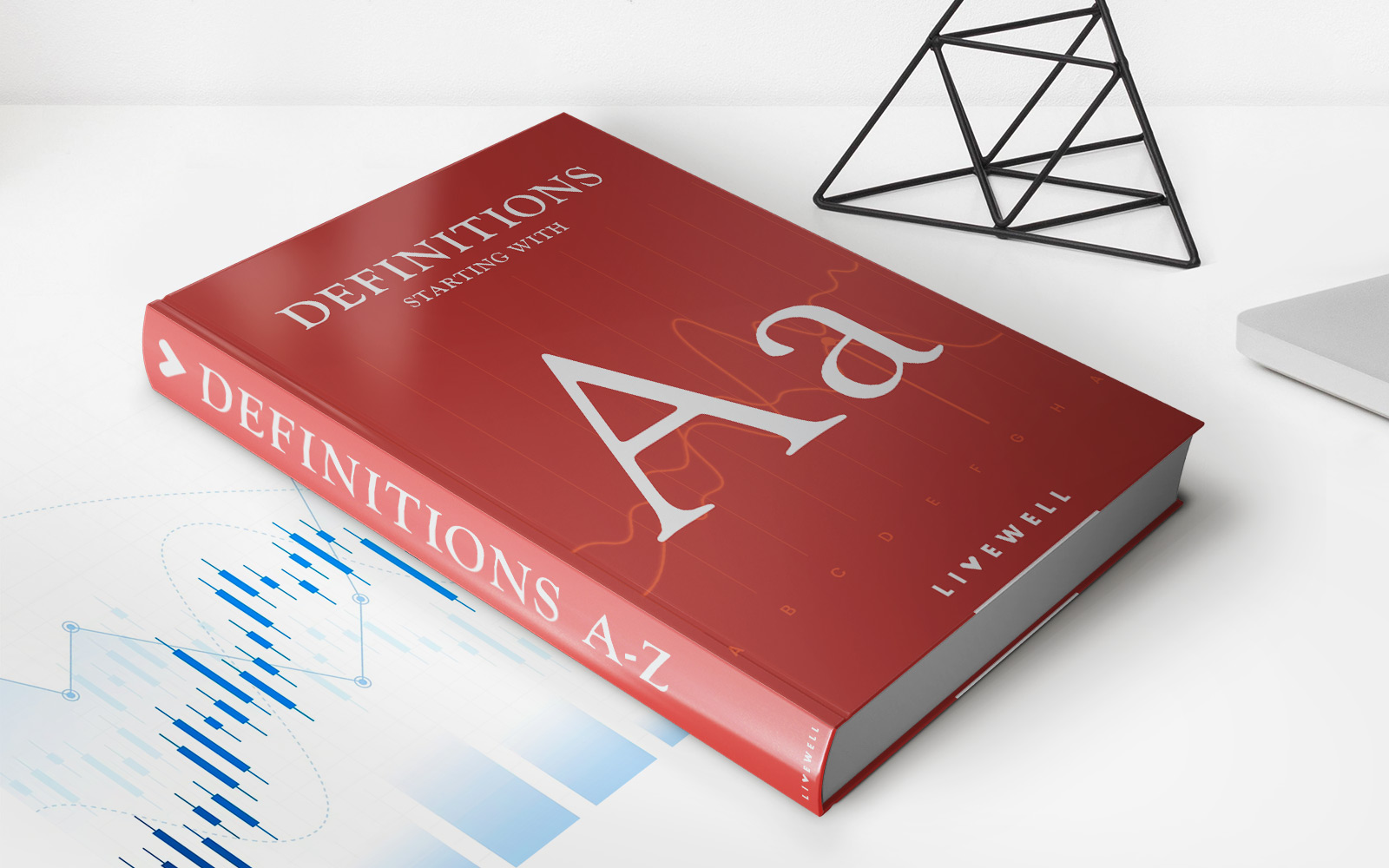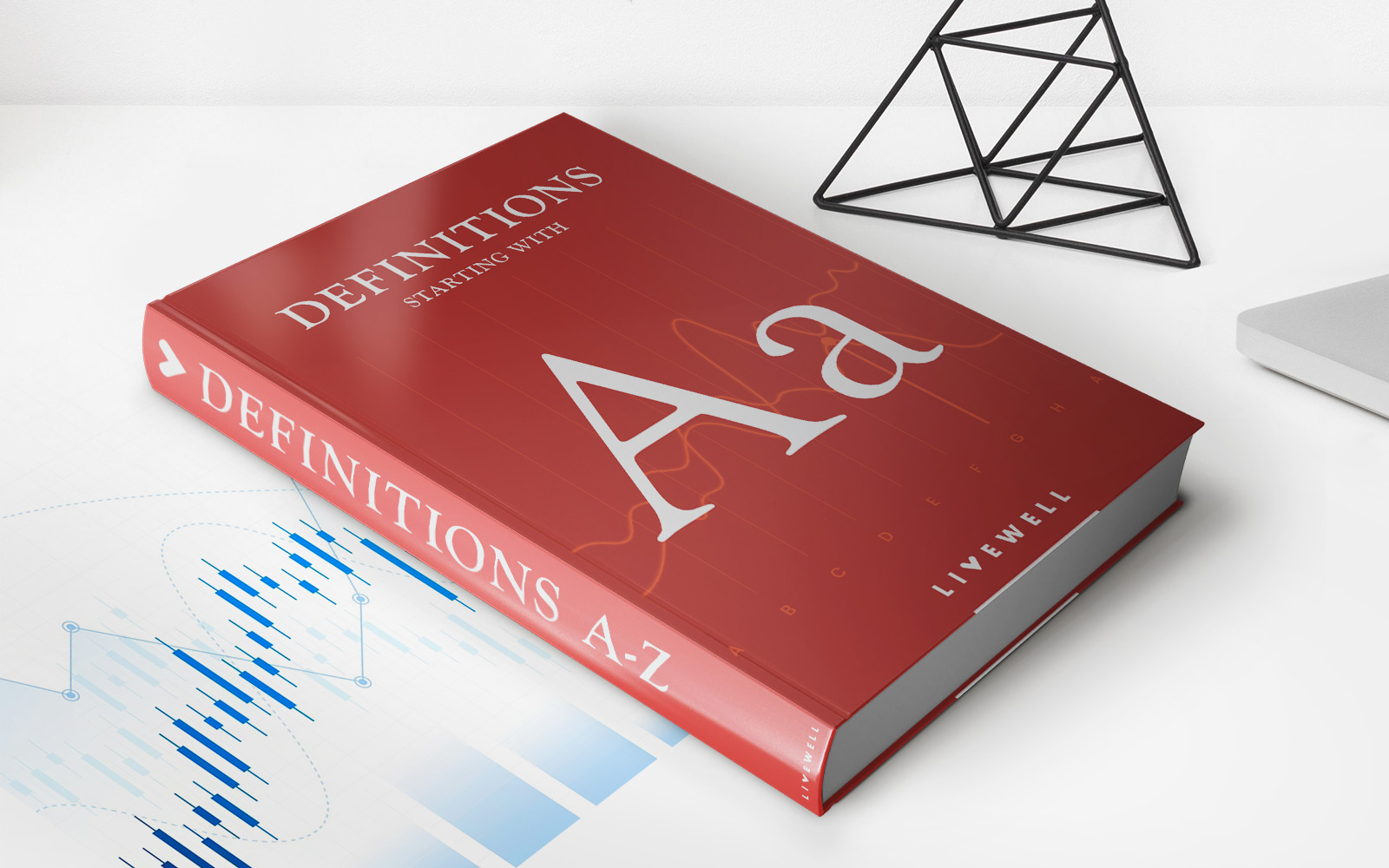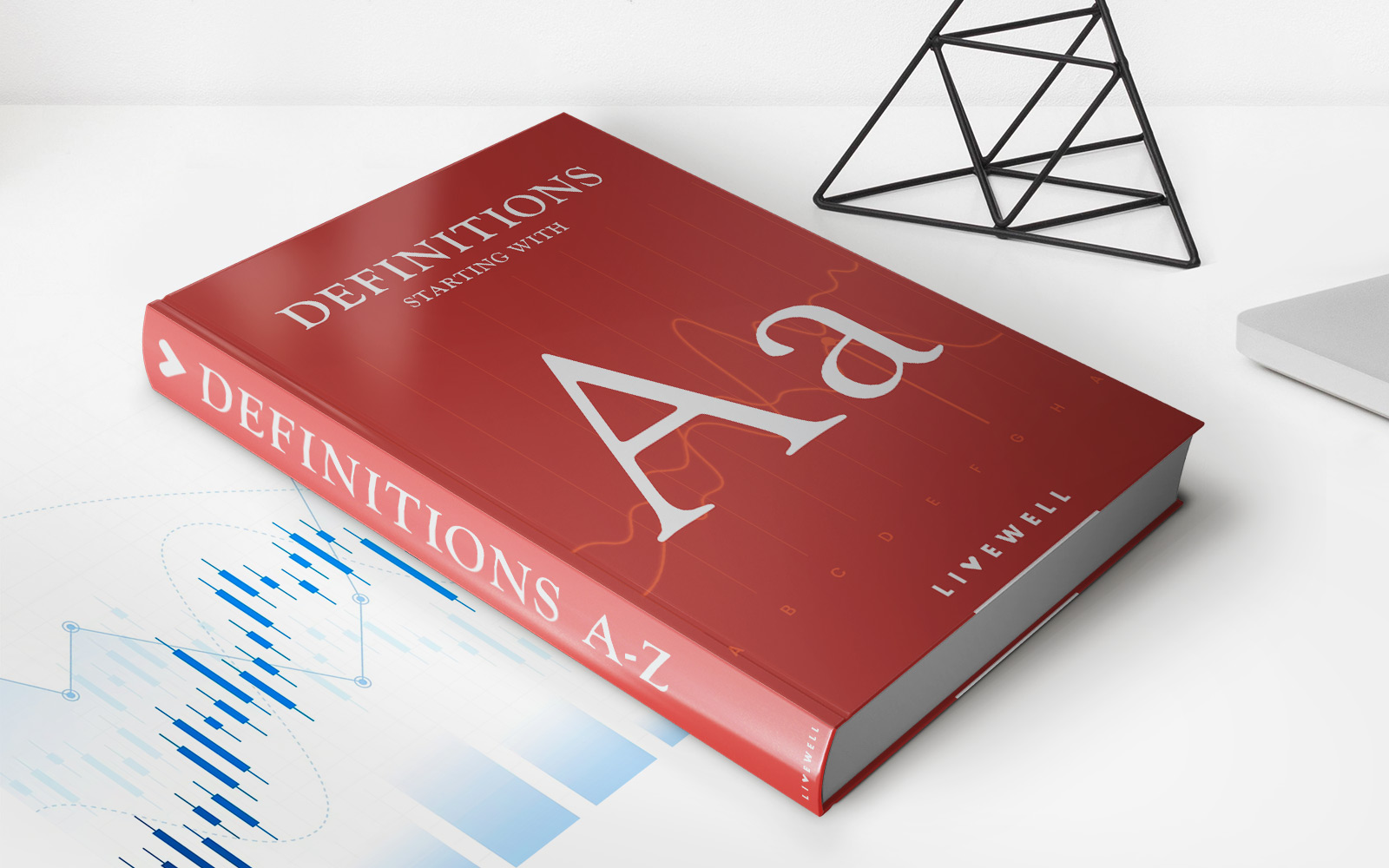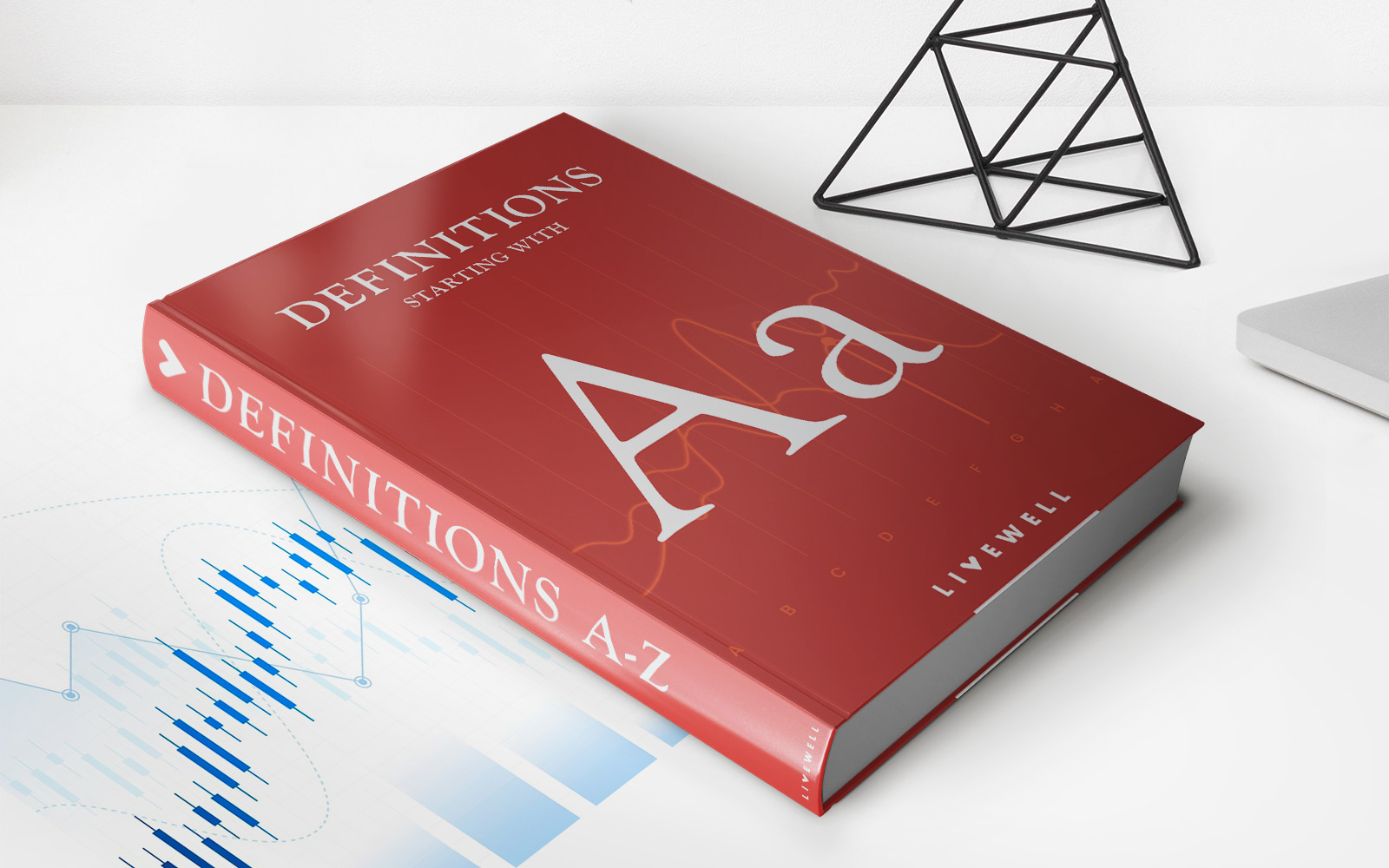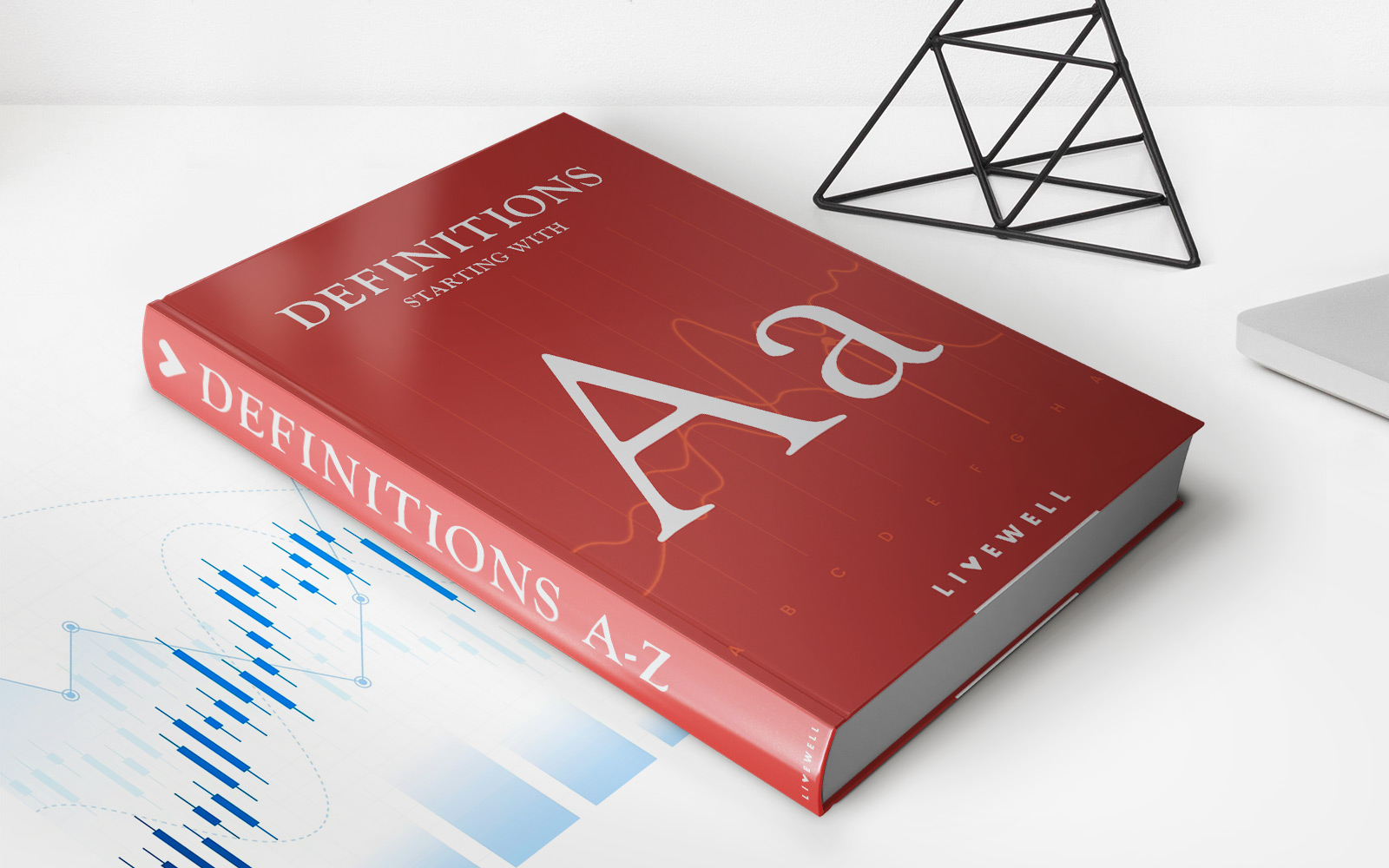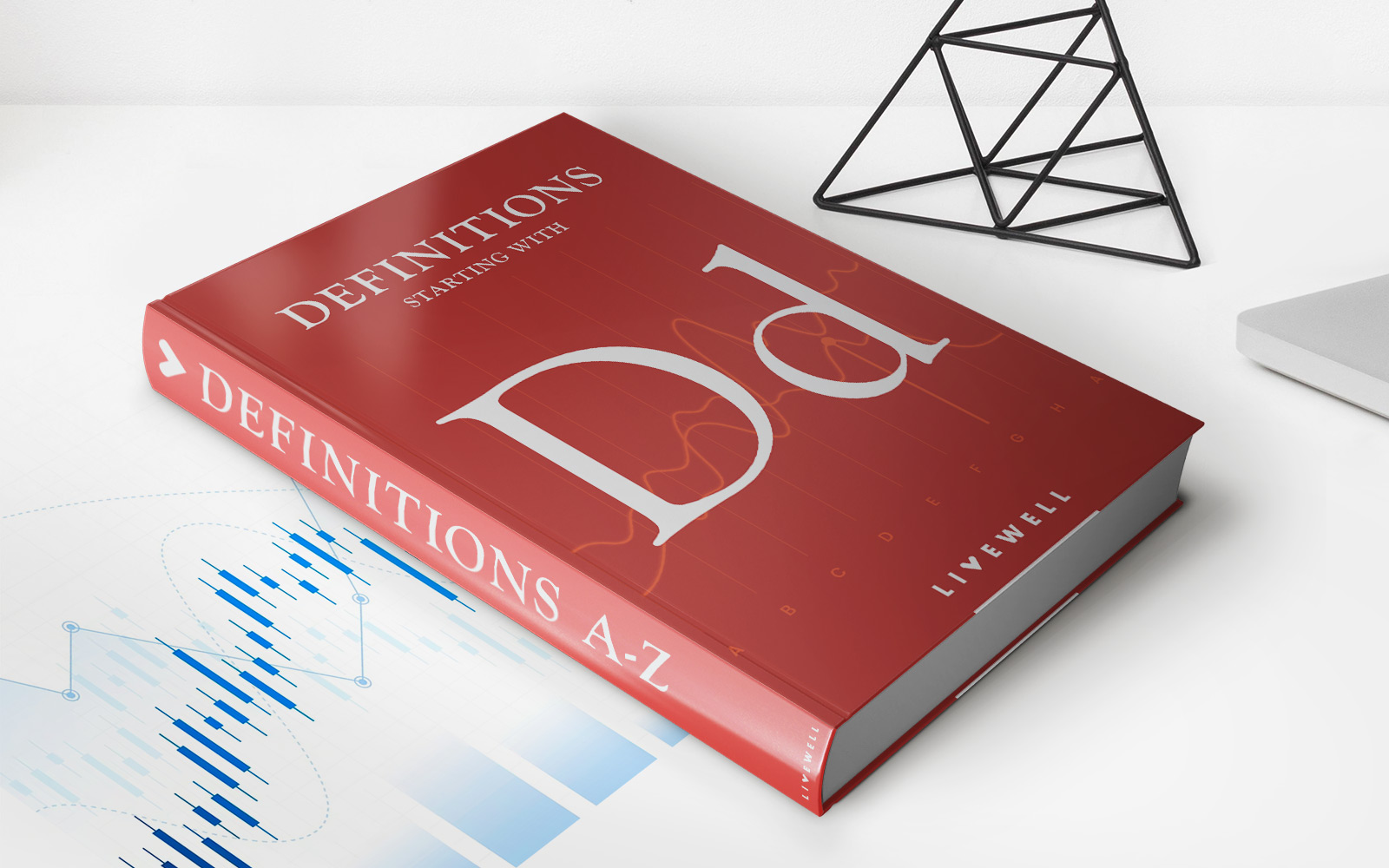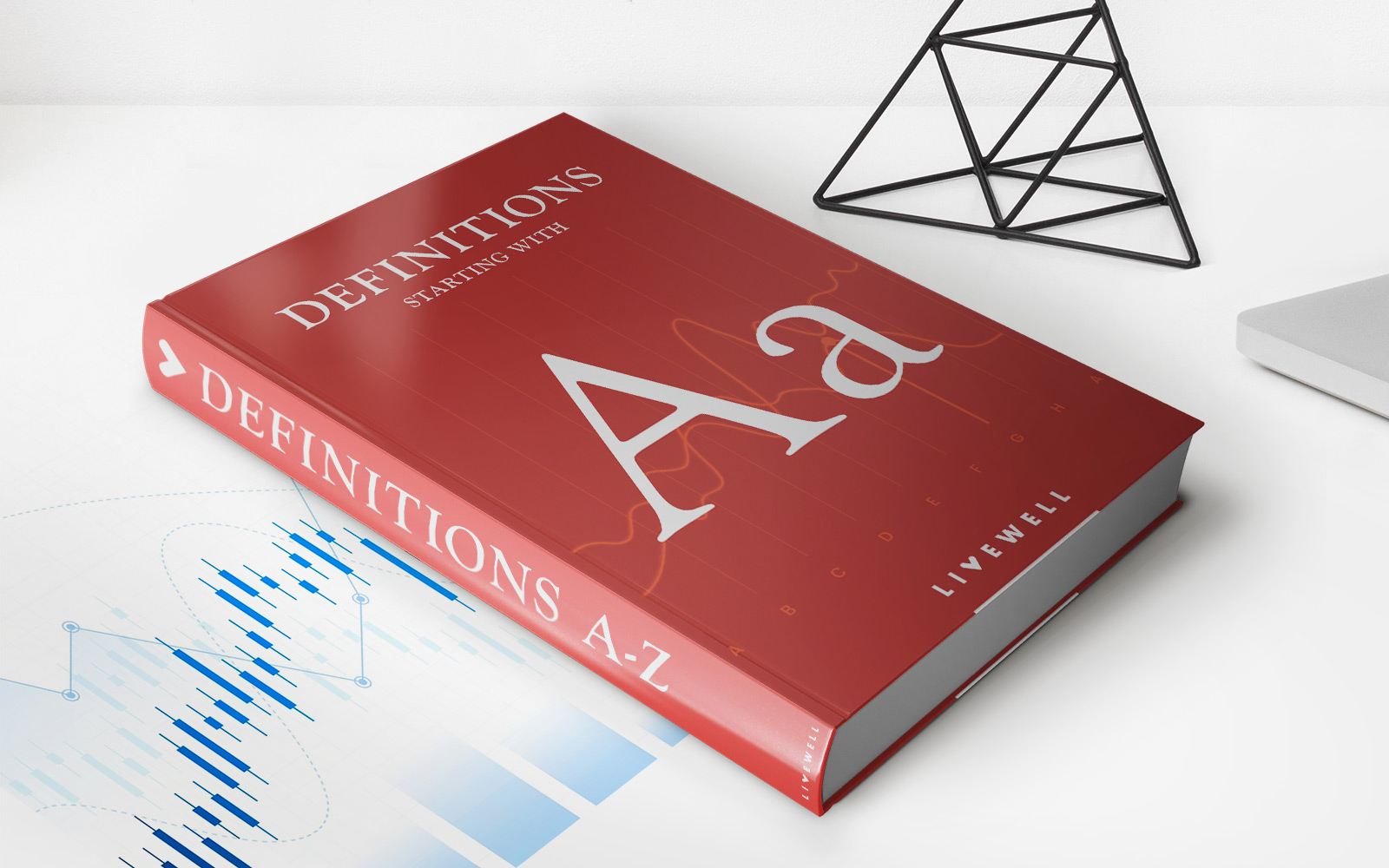

Finance
Absolute Breadth Index (ABI) Definition
Modified: October 10, 2023
Learn about the Absolute Breadth Index (ABI) in finance, a valuable tool for analyzing market breadth and determining trends in the financial industry.
(Many of the links in this article redirect to a specific reviewed product. Your purchase of these products through affiliate links helps to generate commission for LiveWell, at no extra cost. Learn more)
Unlocking the Secrets of the Absolute Breadth Index (ABI)
When it comes to navigating the world of investing and finance, knowledge is power. One key metric that every savvy investor should have in their arsenal is the Absolute Breadth Index (ABI). In this article, we will delve into what ABI is, how it is calculated, and why it matters in the world of finance.
Key Takeaways:
- The Absolute Breadth Index (ABI) is a technical indicator used to measure the breadth of a market’s movement by analyzing the number of stocks advancing versus declining.
- ABI is calculated by subtracting the number of declining stocks from the number of advancing stocks to provide a single value that represents overall market strength or weakness.
The Absolute Breadth Index (ABI) is a valuable tool that helps investors gauge the health of the overall market. It provides insights into whether the market is experiencing a broad-based rally or if there is underlying weakness. By analyzing the number of advancing stocks versus declining stocks, ABI offers a snapshot of market breadth.
So, how exactly is the Absolute Breadth Index (ABI) calculated? Let’s break it down.
First, the number of stocks that are advancing within a given time frame is determined. This includes all stocks that have had an increase in price from the previous time period. Next, the number of stocks that are declining is measured, which includes all stocks that experienced a decrease in price. Finally, the number of advancing stocks is subtracted from the number of declining stocks, resulting in a single value that represents overall market strength or weakness.
Why does this matter? Well, understanding the Absolute Breadth Index (ABI) can provide valuable insights for investors. Here are a few reasons why:
- Market breadth: The ABI offers a broader view of the market by analyzing the overall movement of stocks. It can help investors determine whether a market rally is strong and sustainable or if it is just fueled by a few large-cap stocks.
- Confirmation of trends: The Absolute Breadth Index (ABI) can be used to confirm or signal a change in market trends. If the index is consistently positive while the market is trending upward, it indicates a healthy market. Conversely, if the index turns negative while the market is rising, it may suggest potential weakness and a reversal in trend.
It’s important to note that the Absolute Breadth Index (ABI) is just one tool in a broader toolbox of technical indicators. It should not be used in isolation but rather in conjunction with other market analysis tools to make informed investment decisions. By understanding and utilizing the Absolute Breadth Index (ABI), investors can have a better understanding of market conditions and be better equipped to navigate the complexities of the financial landscape.
As with any investment strategy, it’s always recommended to do thorough research and consult with a financial advisor or professional before making any investment decisions.

